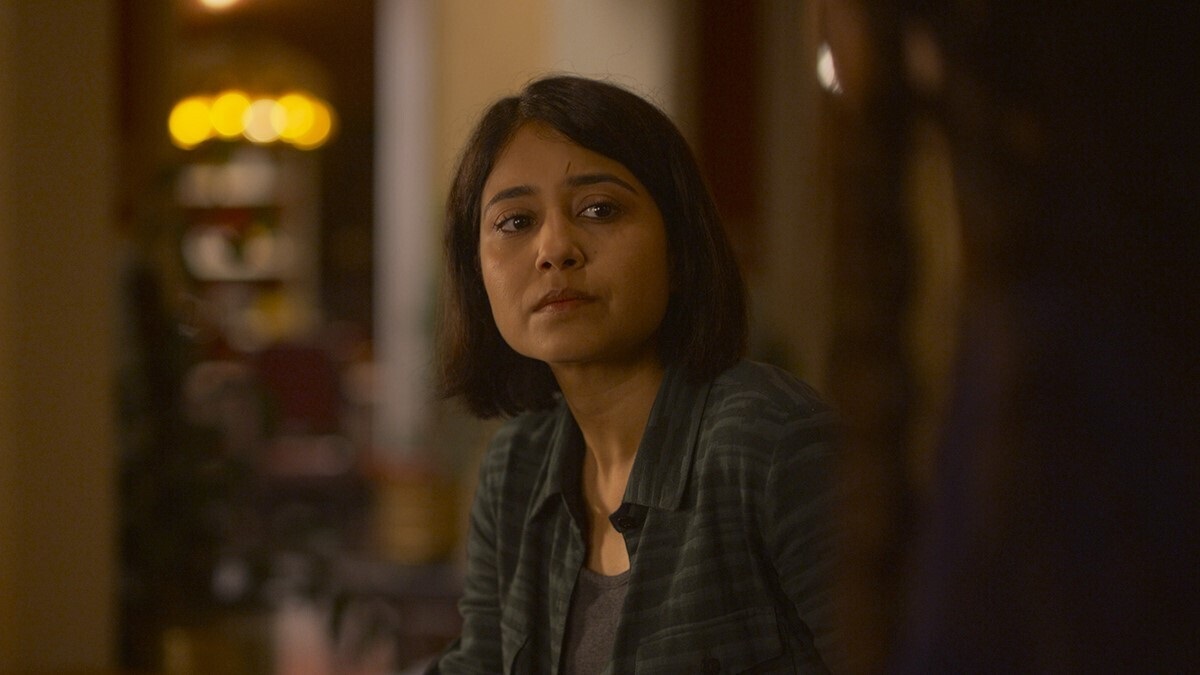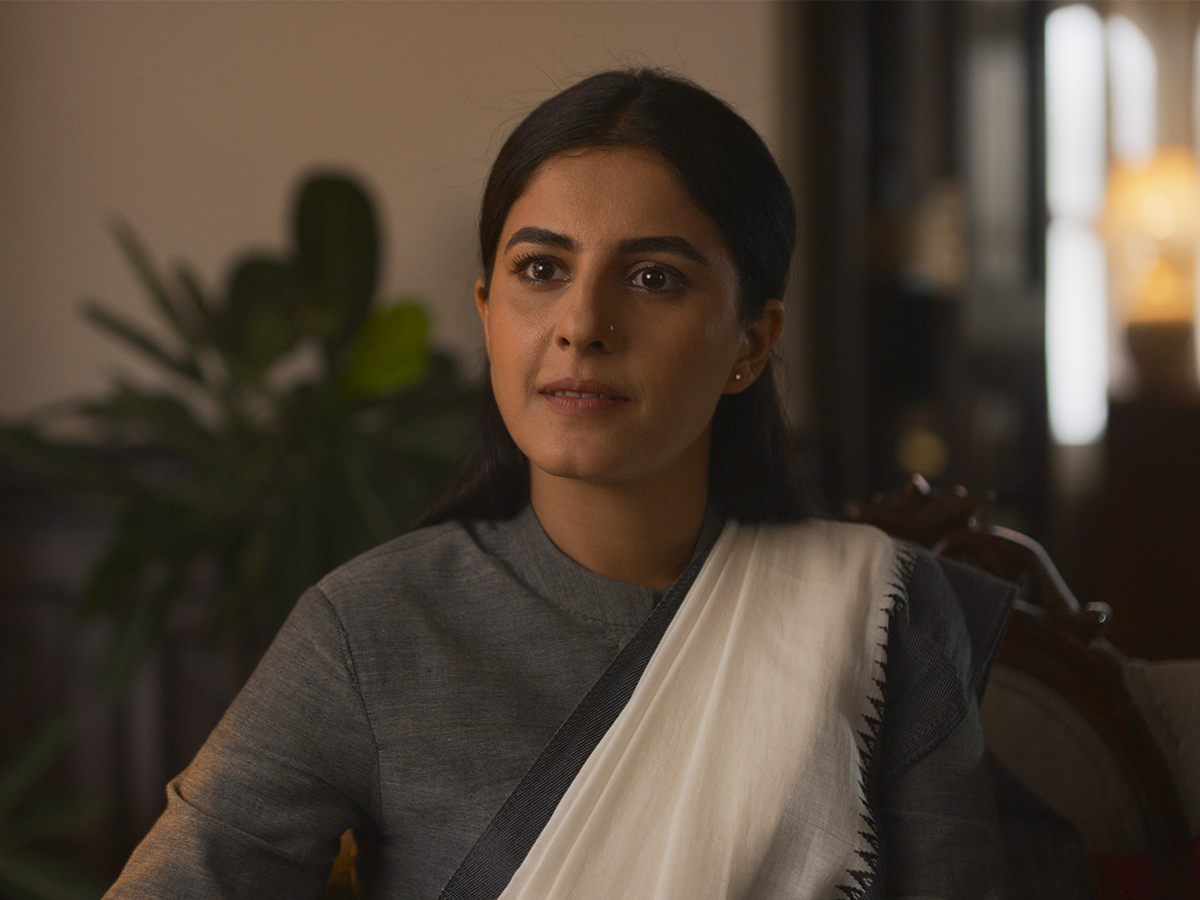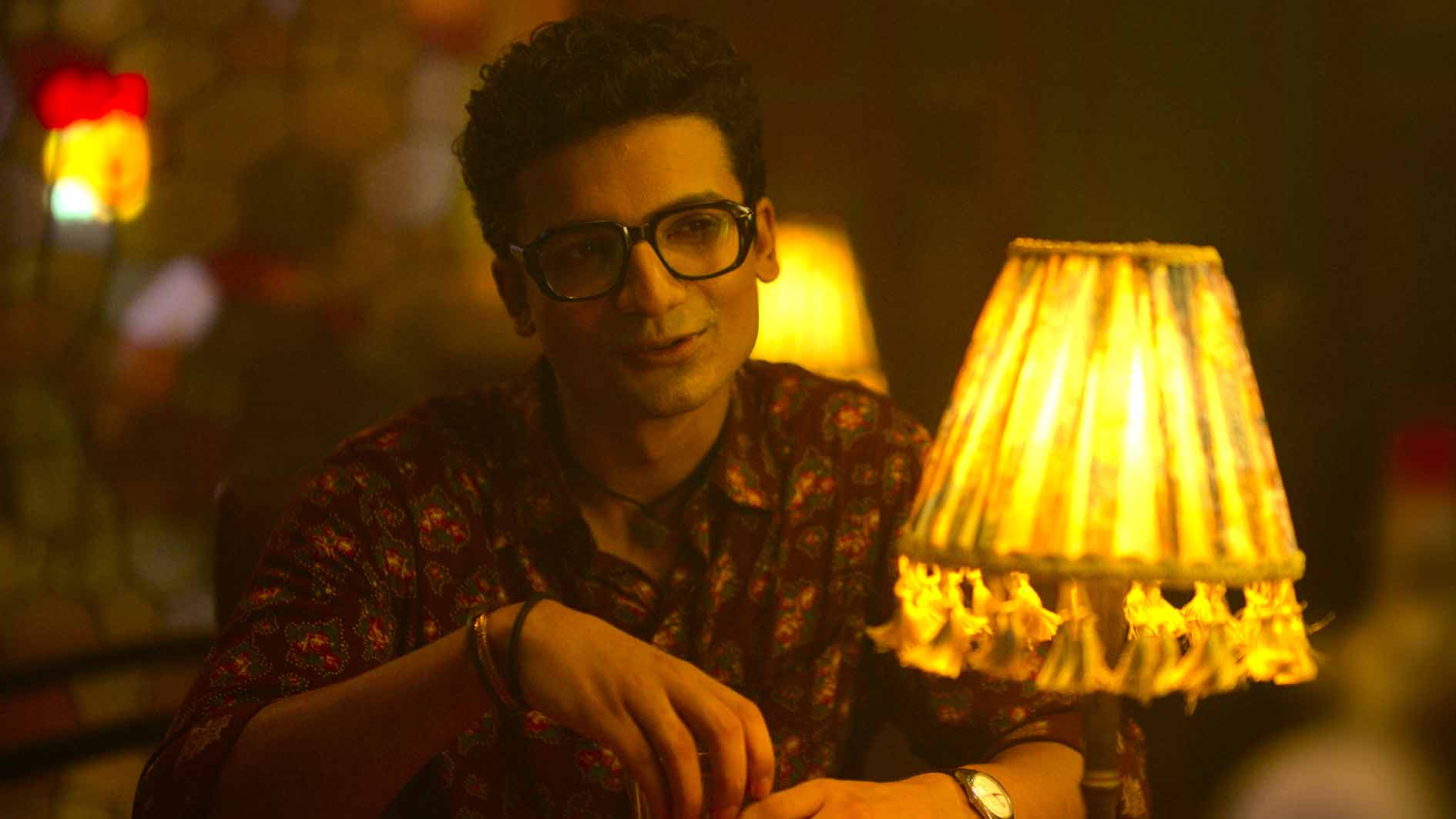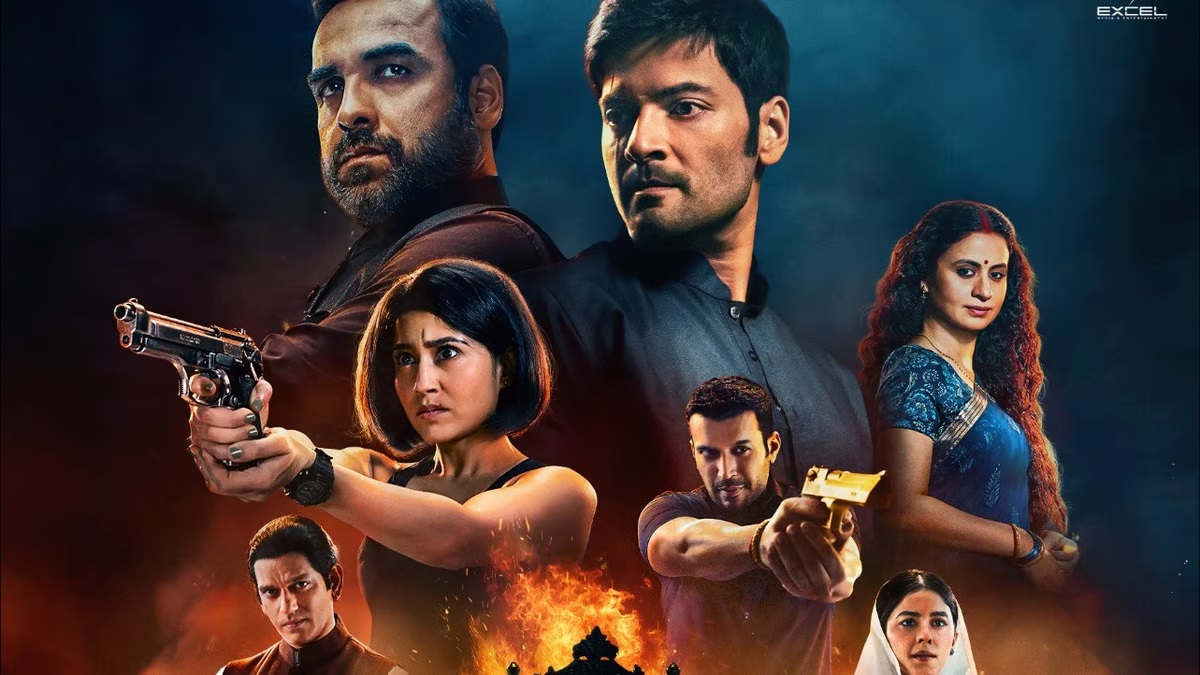The wait for Mirzapur Season 3 was long, almost excruciating. Four years passed between the explosive conclusion of the second season and the debut of the third. As a dedicated fan, I found myself oscillating between excitement and impatience, eager to see how the story of Guddu Pandit, Kaleen Bhaiya, and the treacherous alleys of Mirzapur would unfold. Now that it’s here, the latest season of Mirzapur on Amazon Prime Video has stirred the same mix of visceral thrills and contemplative drama that initially drew me in. This season’s sprawling narrative and deep character arcs reveal an intricate dance of power, vengeance, and survival in the heart of Uttar Pradesh.
The season begins with a scene steeped in the gravity of loss and transition. Munna Bhaiyya, the brash and volatile son of Kaleen Bhaiya, is cremated by his widow, Madhuri Yadav. Isha Talwar’s portrayal of Madhuri, now the Chief Minister of Uttar Pradesh, is nuanced and determined. She is resolute in her mission to purge the state of its criminal elements, and her every move is calculated and relentless. This power struggle sets the stage for a season rich with political maneuvering and personal vendettas.
Ali Fazal as Guddu Pandit commands the screen from the outset. His transformation from the impulsive, vengeance-driven youth of the first season to the strategic, calculating leader in the third is nothing short of remarkable. Fazal captures Guddu’s evolution with a subtlety that conveys the weight of his responsibilities and the scars of his past. His portrayal is both physically imposing and emotionally resonant, embodying a character torn between the lust for power and the ghosts of his violent journey.

Shweta Tripathi Sharma as Golu Gupta shines alongside Fazal. Her character, initially driven by the trauma of personal loss, evolves into a formidable force in her own right. Tripathi’s performance is compelling, her determination palpable, even as she grapples with her own vulnerabilities. The chemistry between Guddu and Golu adds a layer of complexity to their alliance, reflecting a partnership forged in blood and ambition.
Rasika Dugal’s Beena Tripathi continues to be one of the most intriguing characters in the series. Her cunning and intellect are on full display as she navigates the treacherous waters of Mirzapur’s political and criminal landscape. Dugal brings a quiet intensity to her role, her every move calculated and precise. Beena’s ability to manipulate those around her without resorting to overt violence underscores her unique position in the narrative.
Anjumm Shharma as Sharad Shukla emerges as a significant threat this season. Shukla’s alliance with the recuperating Kaleen Bhaiya adds a layer of danger and intrigue to the storyline. Shharma’s portrayal of Sharad is chillingly effective, presenting a character whose calm exterior belies a ruthless ambition. The tension between Sharad and Guddu drives much of the season’s drama, creating a cat-and-mouse game that keeps viewers on edge.
Pankaj Tripathi’s portrayal of Kaleen Bhaiya, though limited in screen time due to his character’s injuries, is a masterclass in understated menace. Even as he recovers, Kaleen Bhaiya’s presence looms large, a constant reminder of the calculated brutality that defines him. Tripathi’s performance is nuanced, blending vulnerability with a lingering threat that keeps the audience guessing about his next move.

The supporting cast adds depth and richness to the narrative. Rajesh Tailang as Ramakant Pandit provides a moral counterpoint to the pervasive violence. His scenes, especially those set in the prison, offer a poignant exploration of the emotional and psychological toll of living in Mirzapur. Vijay Varma, portraying the Tyagi twins, brings complexity to his dual role, though the subplot involving his characters sometimes feels like a distraction from the main narrative.
The script, crafted by Apurva Dhar Badgaiyann, Avinash Singh Tomar, and Vijay Narayan Verma, remains true to the essence of Mirzapur. The narrative is rich with the series’ trademark violence and gore, yet it also allows for significant character development. The writers ensure that each character, regardless of their screen time, has a meaningful arc. This season, the focus on female characters is particularly notable, with stronger and more nuanced plotlines that add depth to the overall story.
The deliberate pacing of the season might be a point of contention for some viewers. Each episode runs close to an hour, allowing scenes to build tension and develop characters fully.
However, this slower pace can also test the patience of those seeking more immediate action. The careful buildup and attention to detail, though, reward viewers with a richer, more immersive experience.
Visually, Mirzapur remains as striking as ever. The cinematography captures the gritty, oppressive atmosphere of the region, while the use of traditional and folk music enhances the cultural and emotional depth of the narrative. The technical aspects, from camera work to set design, contribute significantly to the show’s immersive quality, drawing viewers deeper into the world of Mirzapur.

One of the most significant strengths of Mirzapur Season 3 is its ability to surprise and shock. The series features several unexpected twists and violent confrontations that keep the audience engaged. The unpredictability of the plot, combined with the high stakes for each character, ensures that viewers are constantly on edge. However, the absence of a climactic showdown between Guddu and Kaleen Bhaiya, a confrontation that has been eagerly anticipated, leaves a sense of unfulfilled promise.
The political intrigue and shifting alliances add a layer of complexity to the narrative. The depiction of caste dynamics and political maneuvering is intriguing, though some storylines feel underdeveloped. The introduction of new characters and subplots occasionally feels like an attempt to fill the void left by the absence of key characters from previous seasons.
Despite these issues, Mirzapur Season 3 remains a compelling continuation of the saga. The series’ ability to balance visceral action with emotional depth is one of its greatest strengths. The characters, despite their flaws and morally ambiguous actions, are deeply human and relatable. This complexity is what makes the series stand out in the crowded landscape of crime dramas.
As the season progresses, the stakes continue to rise, leading to a tense and dramatic finale. The final episodes are filled with surprising twists and intense confrontations, leaving viewers eagerly anticipating the next chapter. The conclusion hints at new beginnings and unresolved conflicts, suggesting that the battle for Mirzapur is far from over.
The season’s slower pace allows for a more detailed exploration of the characters’ inner lives and motivations. This depth adds layers to the story, making the moments of violence and betrayal even more impactful. The relationships between characters are more complex and intertwined, reflecting the intricate web of alliances and enmities that define Mirzapur.
The portrayal of female characters this season is particularly strong. Golu Gupta’s evolution from a grieving sister to a strategic powerhouse is handled with care and attention to detail.
Beena Tripathi’s cunning and intelligence are showcased in her manipulative tactics, making her one of the most formidable characters in the series. Madhuri Yadav’s political maneuvering adds a layer of sophistication to the narrative, highlighting the intersection of power and gender in a male-dominated world.
The technical aspects of the show continue to impress. The cinematography captures the raw, gritty essence of Mirzapur, with each frame contributing to the overall atmosphere of tension and unease. The use of traditional music and sound design enhances the emotional impact of key scenes, drawing viewers deeper into the narrative.
One of the standout elements of Mirzapur Season 3 is its ability to balance the grand scale of its political and criminal machinations with intimate, character-driven moments. The scenes between Guddu and his father, Ramakant Pandit, are particularly poignant, offering a glimpse into the emotional toll of the constant violence and power struggles. These quieter moments provide a counterpoint to the relentless action, adding depth and nuance to the story.
The series continues to push the boundaries of storytelling in Indian television, blending intense action with rich character studies. The characters, despite their flaws and morally ambiguous actions, are deeply human and relatable. This complexity is what makes Mirzapur stand out in the crowded landscape of crime dramas.
As the season draws to a close, the stakes reach a fever pitch. The final episodes are filled with unexpected twists and intense confrontations, leaving viewers on the edge of their seats. The conclusion hints at new beginnings and unresolved conflicts, suggesting that the battle for Mirzapur is far from over.
Ultimately, Mirzapur Season 3 is a gripping, if somewhat uneven, continuation of the series. The strong performances, particularly by Ali Fazal, Shweta Tripathi Sharma, and Rasika Dugal, elevate the season, making it worth watching. The series maintains its gritty, visceral edge while exploring deeper emotional and psychological themes.
For fans of the series, Mirzapur Season 3 offers a return to the violent, chaotic world they love, with enough new twists and character developments to keep things fresh. While it may not reach the heights of its predecessors, it successfully builds on the established foundation, setting the stage for future conflicts and stories.






